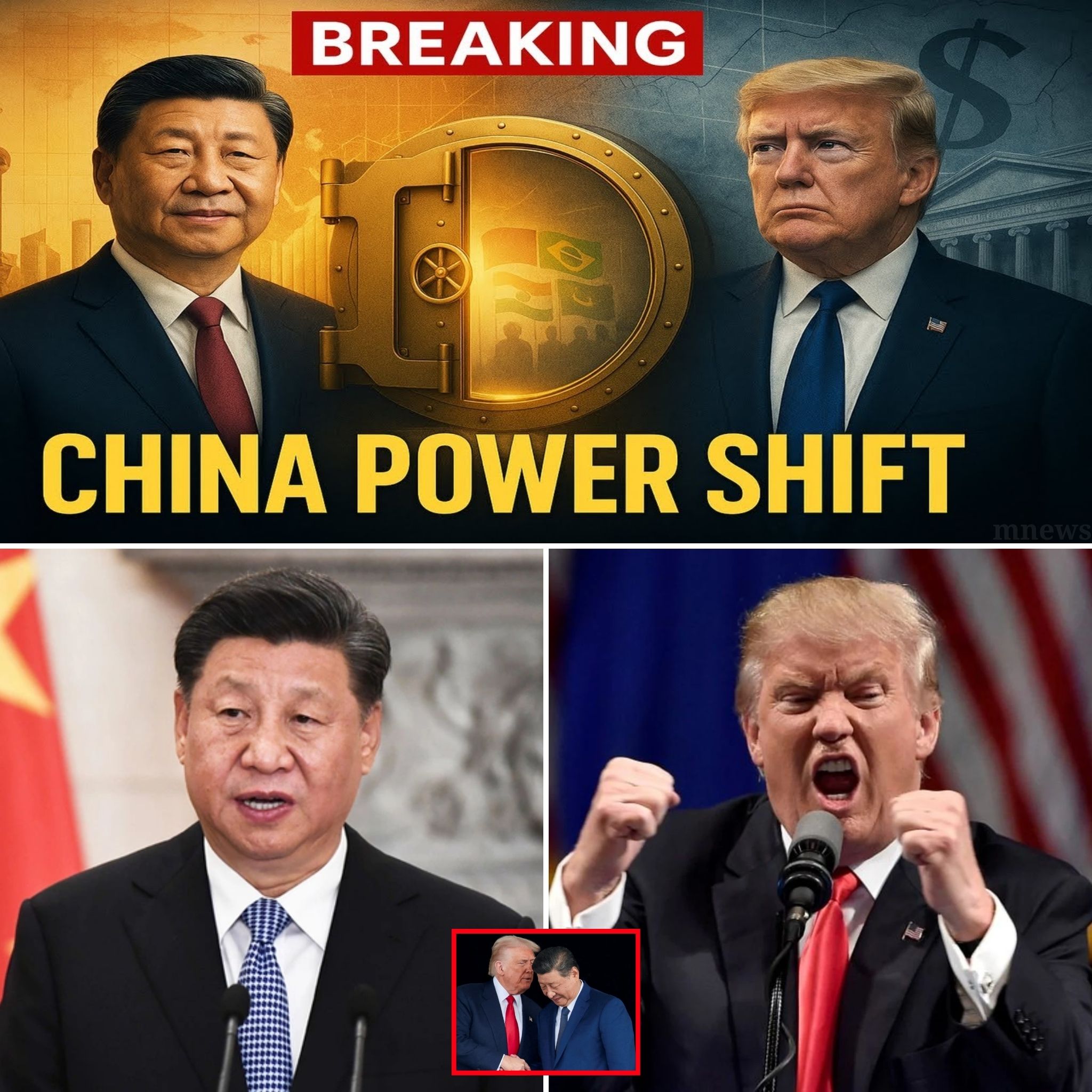China is strategically reshaping the global gold market, signaling a potential seismic shift in monetary influence as it establishes Hong Kong as Asia’s premier bullion storage hub. The unveiling of a new high-security precious metals depository by China’s largest state-owned bank at Hong Kong International Airport marks a pivotal moment in this transformation. This facility, coupled with the Shanghai Gold Exchange’s (SGE) new offshore certified delivery vault in Hong Kong, creates an integrated network that connects Chinese gold mines, traders, and central banks, all while inviting foreign central banks to store their bullion in a region less exposed to Western political pressures.

The implications of this development are profound. Analysts suggest that the relocation of official gold reserves to Hong Kong could diminish the West’s grip on global price discovery and monetary influence. With China’s declared gold holdings surpassing 2,000 tons—potentially more when factoring in undisclosed reserves—this move is seen as a strategic diversification of reserves rather than mere tactical trading. The surge in China’s net gold imports through Hong Kong underscores a broader trend of metal moving eastward, with the city now acting as a critical junction for bullion logistics.
Custody location has always been paramount in the gold market. Traditionally, gold held in Western cities like London and New York has operated under legal systems vulnerable to sanctions, as evidenced by the seizure of Russian reserves in 2022. In contrast, China’s burgeoning gold infrastructure provides a compelling alternative for central banks seeking to insulate their assets from geopolitical risks. As these institutions weigh their options, the choice becomes clear: maintain Western custodianship or diversify into Asian venues that promise proximity to trade partners and reduced exposure to sanctions.

Hong Kong’s ascent as a bullion center is not merely a financial maneuver; it reflects a strategic vision to internationalize China’s financial system without relinquishing capital controls. The SGE’s offshore vault enhances this ecosystem, facilitating contracts settled in Renminbi, thereby challenging the dollar’s dominance in commodities trade. As central banks increasingly exchange treasuries for gold, the demand for U.S. debt may wane, nudging yields higher and impacting borrowing costs across the board.
However, practical challenges remain. Central banks moving reserves into Chinese-linked vaults will require robust documentation on ownership and audit rights, as Western rating agencies will closely scrutinize these arrangements. Additionally, liquidity—critical for swift transactions during market stress—will depend on the depth of the Hong Kong market. While the transition to Asian custody is underway, it is not without its complexities. The vast infrastructure of the Western gold ecosystem, honed over decades, cannot be replicated overnight.
As these changes unfold, the global gold market is poised for a significant recalibration. The gradual migration of gold reserves to Asia could alter the landscape of trust and liquidity, potentially shifting the center of gravity in gold trading towards Shanghai and Hong Kong. The future of this dynamic hinges on China’s ability to maintain the predictability and legal clarity that have characterized Western systems. The world is watching closely as this intricate dance of finance and geopolitics continues to evolve, with the potential for a new equilibrium in the global bullion market.





